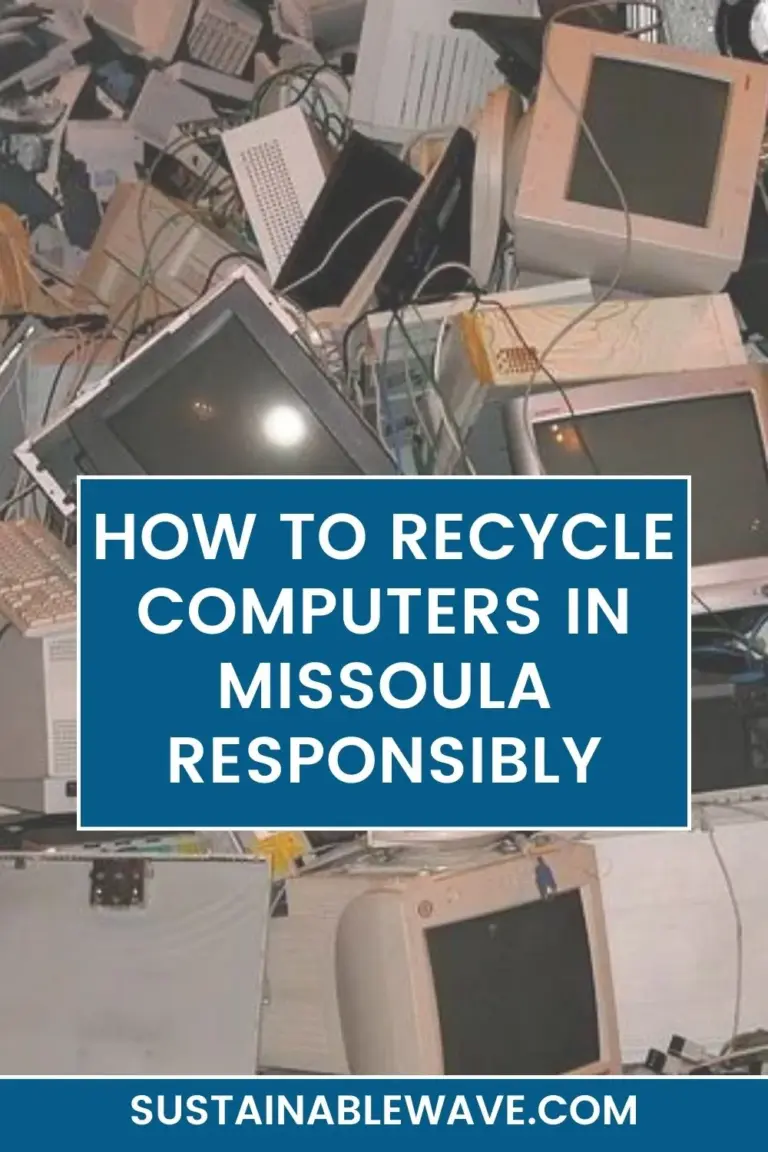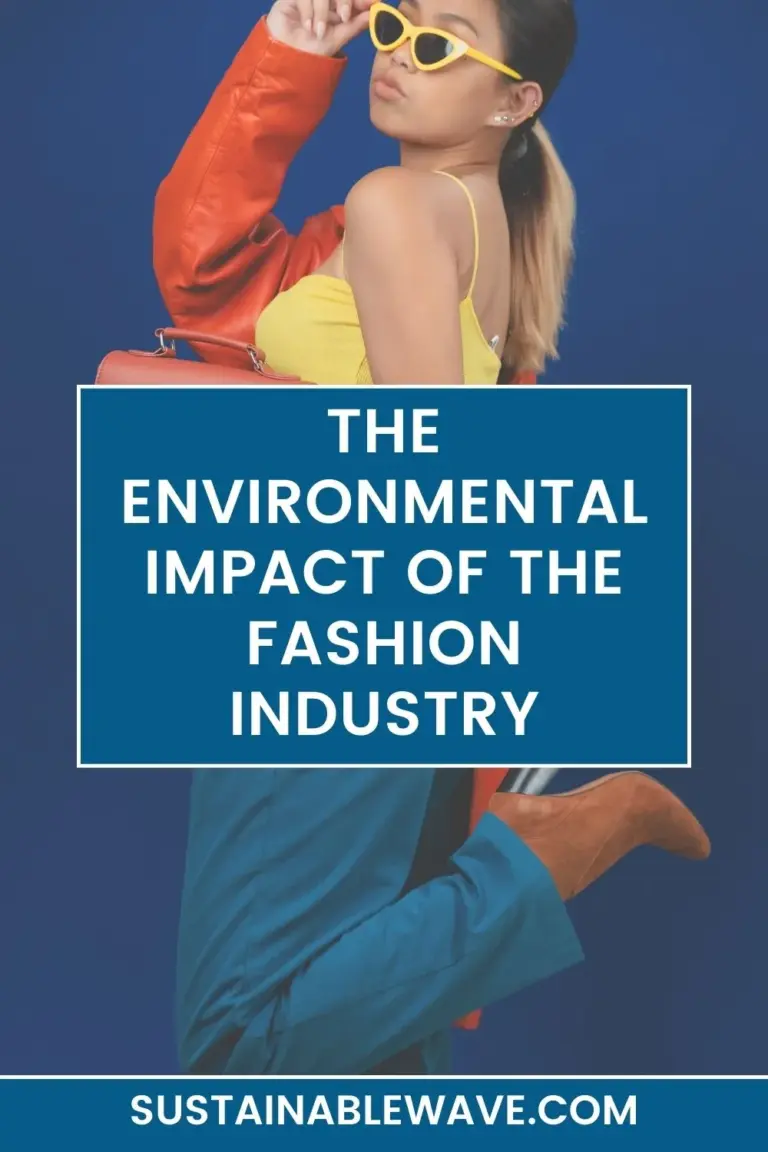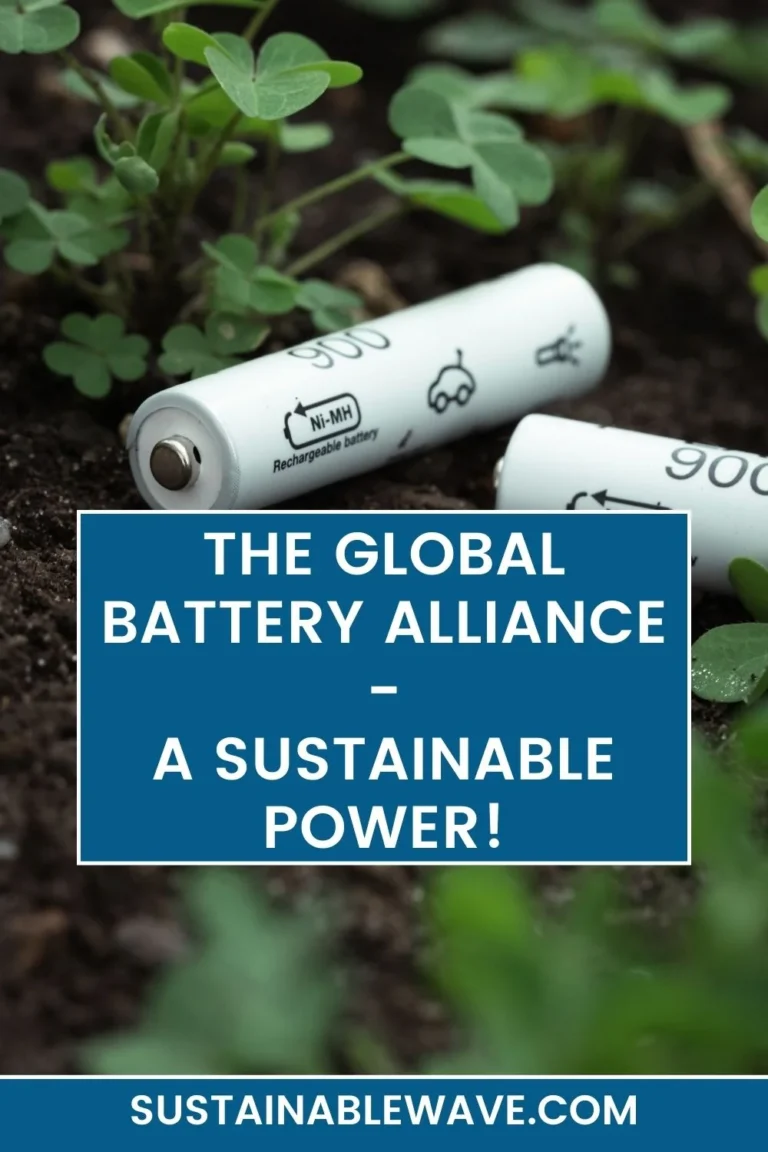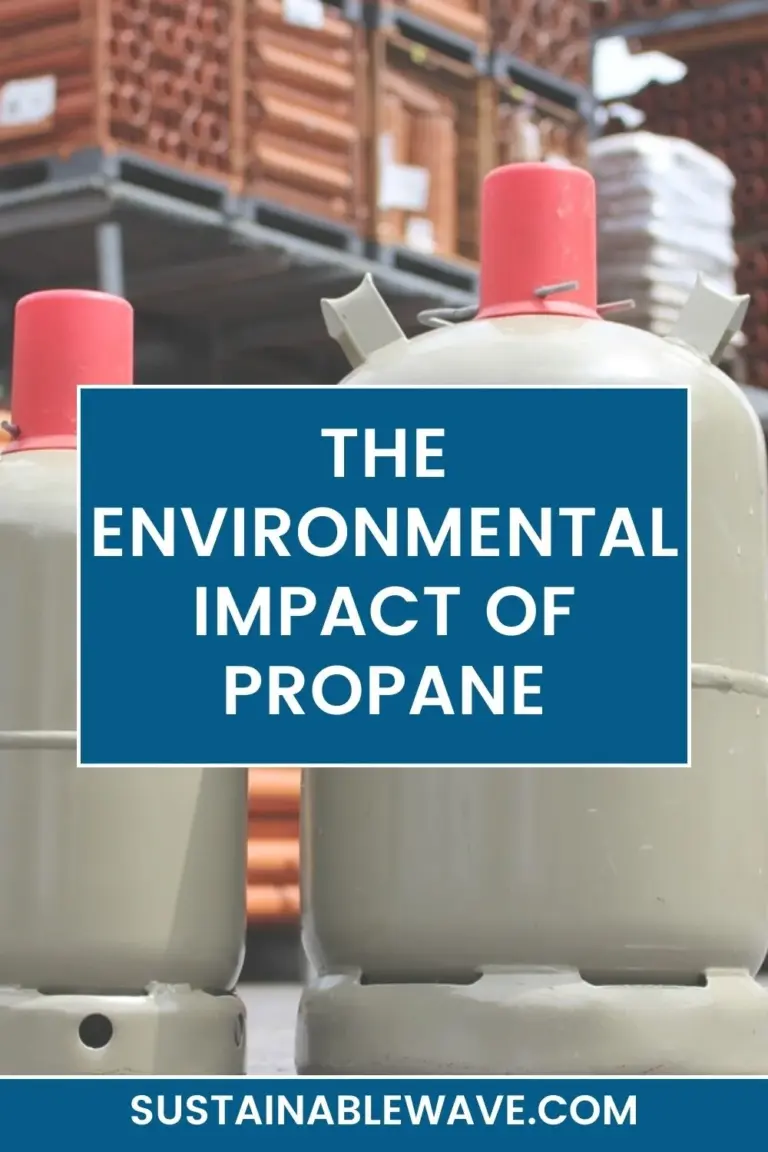Welcome to our exploration of bamboo clothing for kids, a trend that’s been sprouting up everywhere! Lately, social media influencers have been buzzing about this eco-chic alternative to traditional fabrics. But what’s all the hype about? Is bamboo clothing for babies a truly green revolution or just another passing fad?
Bamboo clothing is soft and breathable, making it comfortable for babies. It’s hypoallergenic, suiting sensitive skin, but the chemical processing involved raises environmental concerns. Overall, it’s a good choice for comfort, but with some ecological red flags.
As we delve into this cozy topic, we’ll unravel the threads of bamboo clothing’s environmental impact, durability, and more. Whether you’re a curious parent or just eco-conscious, join us on this enlightening journey through the world of bamboo clothing for kids.
The Environmental Impact of Bamboo Clothing

Bamboo clothing has been hailed as an eco-friendly choice, but let’s dig a little deeper, shall we? Picture this: bamboo, a superhero among plants, grows faster than a toddler’s curiosity. This rapid growth makes it a renewable darling in the world of fabrics.
But, here’s the twist – transforming this mighty plant into soft threads for those adorable pajamas is no walk in the park. It’s a bit like making a smoothie with a bit too much blender action. The process involves a cocktail of chemicals and a splash (more like a flood) of water, which, unfortunately, can lead to some not-so-green consequences like water pollution.
Now, you might be thinking, “But it’s bamboo, so it’s got to be better than the rest, right?” Well, it’s complicated. While bamboo itself is a renewable resource, the energy and chemicals used in the process can give cotton a run for its money in terms of environmental footprint.
So, while bamboo clothing whispers promises of sustainability, the reality is a little more nuanced. It’s like choosing between two imperfectly perfect desserts – both have their pros and cons, but it’s all about finding the right balance for your family’s wardrobe.
Durability and Longevity Of Bamboo Clothing
Now, let’s chat about bamboo clothing’s staying power. Imagine a superhero outfit that withstands the test of time (and toddler adventures). That’s bamboo clothing for you! I’ve heard tales of bamboo polo shirts braving under-house crawls and playtime escapades, emerging unscathed after years of use. It’s like that trusty old toy that never breaks, no matter how many times it’s tossed around.
But what’s the secret behind this resilience? It turns out, bamboo fabric is a bit like a friendly giant – strong yet gentle. It handles the rough and tumble of kid life with grace, staying fresh and cool even on those sweltering summer days. And here’s the cherry on top – it gets softer with each wash. Yes, you read that right! It’s like a fine wine, getting better with age.
Of course, no hero is without a weakness. Bamboo clothing does have its quirks when it comes to care. Think of it as a delicate flower that needs a bit of extra love. A gentle wash and avoiding the wrath of the dryer can keep those bamboo outfits in tip-top shape for longer.
So, while it might need a bit more pampering than your average fabric, its longevity and comfort make it a worthy contender in the wardrobe of our little explorers.
Skin Sensitivity and Comfort
Let’s turn our attention to how bamboo clothing feels against the delicate skin of our little munchkins. Picture a cloud hugging your child — that’s the kind of softness we’re talking about with bamboo fabric.
It’s like a gentle whisper against the skin, making it a dream for those with sensitive skin, especially for babies who are more “I’ve got delicate skin” than “I’m an adventure-ready toddler”. Bamboo clothing, designed as an alternative to silk, brings a smoothness and breathability that are like a lullaby for sensitive skin.
Now, every child is unique, like a snowflake in a winter wonderland. So, how their skin reacts to different fabrics can be a bit of a mystery.
But, bamboo fabric, with its silky texture, has been known to be kind and comforting. It’s like wrapping your child in a soft, breathable cocoon that keeps them cool during playtime and snug during nap time. Parents have shared heartwarming tales of bamboo fabric being a soothing balm for conditions like eczema, keeping the itches and scratches at bay.
So, in the grand theater of fabrics, bamboo plays the role of the caring guardian, offering comfort and a gentle touch for our little ones’ sensitive skin.
Myths and Misconceptions About Bamboo Clothing

Diving into the world of bamboo clothing, we often find ourselves navigating through a sea of myths and misconceptions.
Let’s set sail to debunk a few:
- Myth: Bamboo Clothing is Entirely Natural: While bamboo starts as a natural, fast-growing plant, its transformation into fabric is more science than nature. The process involves a chemical cocktail that significantly alters its natural state. It’s a bit like turning a fresh fruit into a complex smoothie – the end product is quite different from the starting material.
- Misconception: Bamboo is the Ultimate Eco-Friendly Fabric: Bamboo’s fast growth and renewability are commendable, but the environmental story doesn’t end there. The manufacturing process, heavy on chemicals and water, dims its green shine. It’s akin to a hybrid car that’s eco-friendlier than a gasoline one but still has an environmental impact.
- Myth: Bamboo Fabric Retains All Bamboo Properties: While bamboo in its original form has many amazing qualities, not all of these carry over to the fabric. The chemical transformation process can strip away some of these properties, making bamboo fabric not as ‘bamboo’ as one might think.
Understanding these myths and misconceptions helps in making a well-informed choice when considering bamboo clothing for our children.
Ethical and Labor Concerns
When we peek behind the curtain of bamboo clothing production, we enter the realm of ethical considerations. It’s like opening a storybook only to find that the tale is more complex than it seemed.
The manufacturing of bamboo clothing, like many garments, can be a mixed bag in terms of labor practices. Imagine workers, the unsung heroes of the fashion world, toiling away in conditions that might not always be out of a fairy tale. The process of turning bamboo into fabric involves handling chemicals, and if not done with proper care and protection, it can be a health hazard.
This brings us to a crossroads of conscience. How do we balance our love for soft, eco-friendly clothing with the well-being of those who make them? It’s like juggling apples and oranges, trying to ensure both are treated with care.
As we dress our little ones in these comfy outfits, it’s crucial to ponder where they come from and the hands that crafted them. By being mindful shoppers, asking questions, and choosing brands that value ethical practices, we can help weave a story of fashion that’s not only about looking good but also about doing good.
Alternative Sustainable Fabrics
While bamboo is a popular eco-choice, there’s a whole world of sustainable fabrics out there waiting to be explored:
- Tencel and Lyocell: These are the rising stars in sustainable fashion. Made from wood pulp using environmentally responsible processes, they are like the good samaritans of the fabric world. Tencel, in particular, is known for its low environmental impact, often using less water and energy compared to conventional fabrics.
- Hemp: This sturdy plant grows like a weed, requiring minimal water and no pesticides. Hemp fabric is like the rugged, no-nonsense friend in the eco-fabric group, bringing durability and sustainability to the table.
- Organic Cotton: It’s the gentler cousin of conventional cotton, grown without harmful pesticides and chemicals. While it has a similar feel to traditional cotton, its production is kinder to the earth and often safer for the farmers.
- Linen: Made from flax plants, linen is a classic fabric that has stood the test of time. It’s like the wise old sage of sustainable fabrics, offering durability, comfort, and a lower ecological footprint.
Exploring these alternatives broadens our horizon in sustainable fashion, giving us more options to dress our kids in a way that’s both comfortable and kind to the planet.
Final Words About Bamboo Clothing For Babies
In the tapestry of sustainable fashion, bamboo clothing is but one colorful thread.
While it offers softness and a nod to eco-friendliness, it’s not without its complexities, much like a puzzle with pieces of environmental impact, durability, and ethical concerns.
As we dress our little ones, it’s essential to weigh these factors, remembering that the perfect fabric might just be a blend of different eco-friendly threads.
By staying mindful, we can make choices that not only wrap our kids in comfort but also contribute to a greener, kinder world. After all, every stitch we choose weaves the future of our planet.

I’m Thomas, the owner of SustainableWave. Passionately promoting a sustainable planet. With experience in various eco-roles, I’ll share green tips, sustainability hacks, and personal eco-journeys on my blog.






